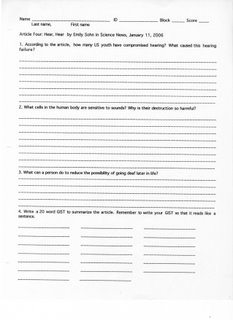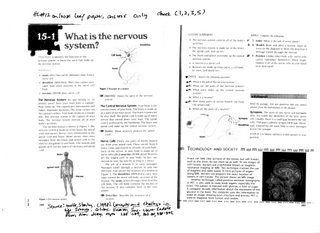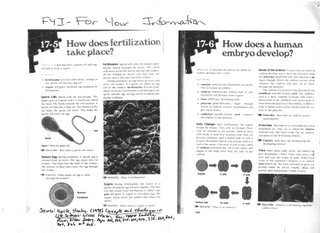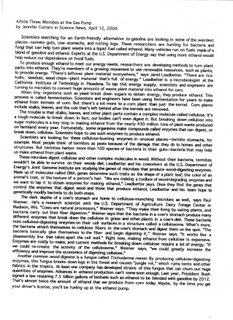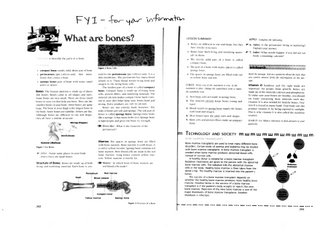Monday, May 22 through Tuesday, May 30, 2006
Using information from classroom activities:
Students should be able to:
-read a work of fiction to identify biotic and abiotic factors, natural, and human interactions.
-take a final exama that covers: Earth and Space, Processes that Shape the Earath, Processes of Life, and How Living Things Interact with their Environment.
-explore the topics of evolution and genetics via computer based learning and virtual labs.
Students submitted book report forms.
Students took the final for class.
Those not taking the final or completing the reading of the novel worked on the computer to explore web based labs. The activities included: baby boom, evolution, dragons and dragon meiosis. These sites offer insite on evolution and its processes. It also helps students explore the topic of how genes are passed from one generation to the next.
The book was concluded. Billie meets a young Seminole, Oats, who is out questing for a new name. They weather a hurricane. Trapped in a cave with the panther Cootchobee, they listen to the wind and waves. When they finally leave, they see the destruction caused by the storm. Billie now understands what her uncle Charlie Wind has tried to teach her: that we as humans must take care of the Earth, lest it be completely destroyed. Learning her lesson that the Earth is important, and not to put all her faith in reaching stars and other planets, she can finally go home.
Students should be able to:
-read a work of fiction to identify biotic and abiotic factors, natural, and human interactions.
-take a final exama that covers: Earth and Space, Processes that Shape the Earath, Processes of Life, and How Living Things Interact with their Environment.
-explore the topics of evolution and genetics via computer based learning and virtual labs.
Students submitted book report forms.
Students took the final for class.
Those not taking the final or completing the reading of the novel worked on the computer to explore web based labs. The activities included: baby boom, evolution, dragons and dragon meiosis. These sites offer insite on evolution and its processes. It also helps students explore the topic of how genes are passed from one generation to the next.
The book was concluded. Billie meets a young Seminole, Oats, who is out questing for a new name. They weather a hurricane. Trapped in a cave with the panther Cootchobee, they listen to the wind and waves. When they finally leave, they see the destruction caused by the storm. Billie now understands what her uncle Charlie Wind has tried to teach her: that we as humans must take care of the Earth, lest it be completely destroyed. Learning her lesson that the Earth is important, and not to put all her faith in reaching stars and other planets, she can finally go home.









